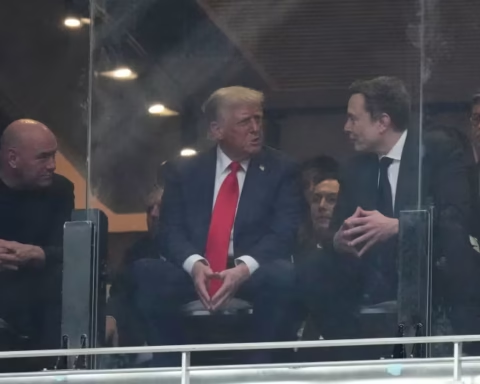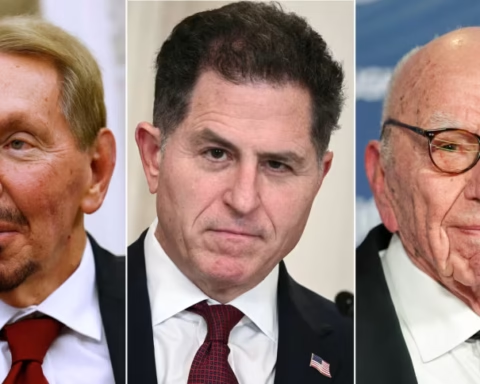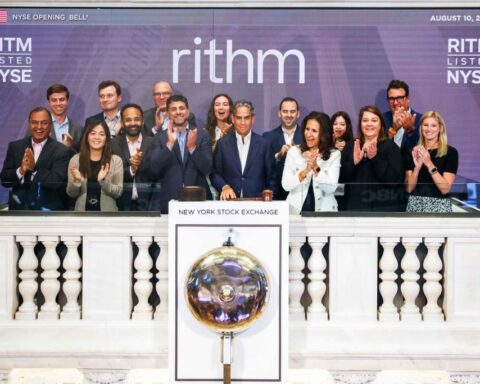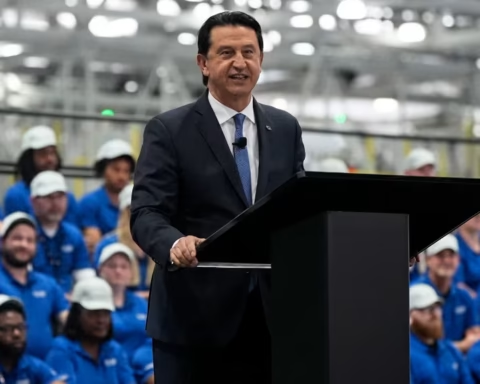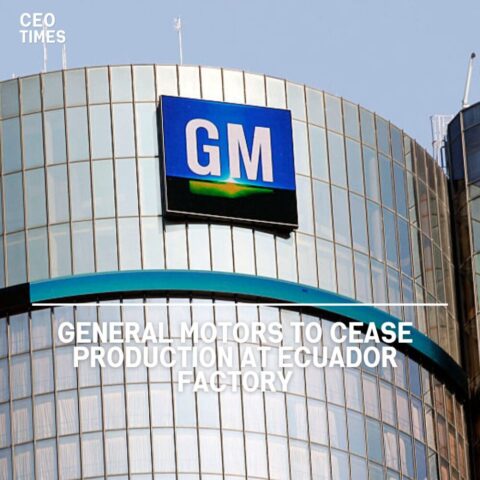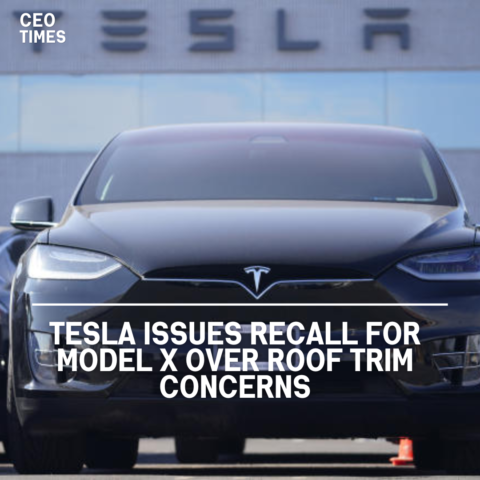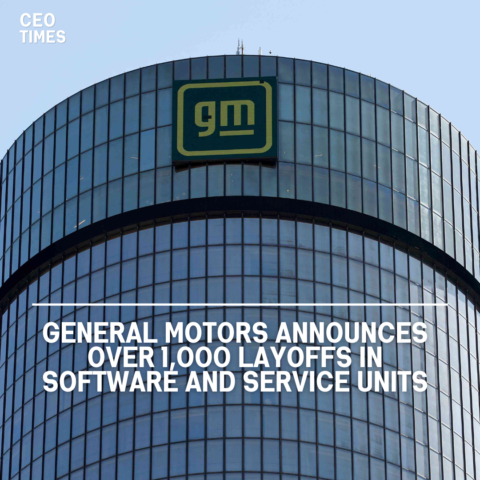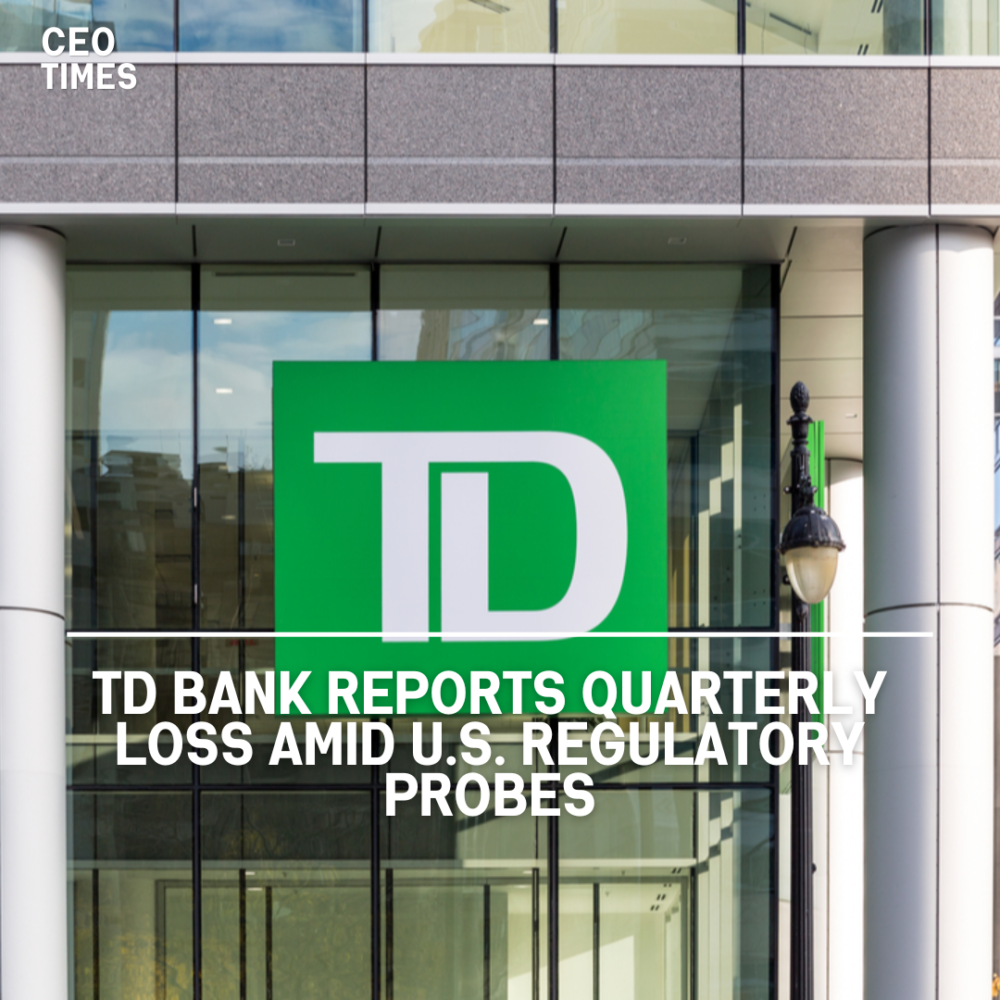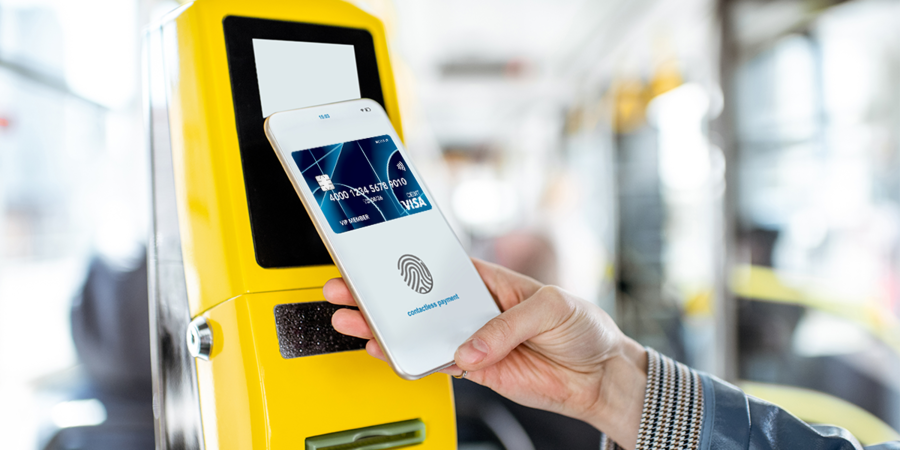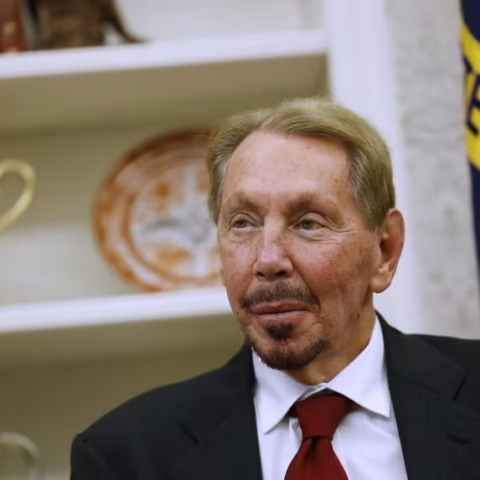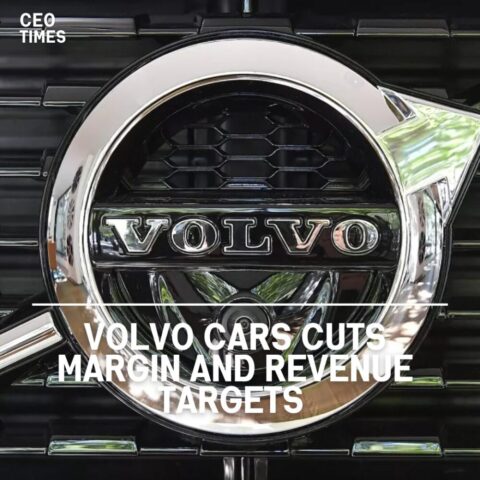The National Highway Traffic Safety Administration (NHTSA) declared the closure of its preliminary investigation into braking and immobilization issues affecting 1,194 autonomous vehicles operated by General Motors’ Cruise unit.
The investigation began in December 2022 and focused on incidents of hard braking and vehicle immobilization in Cruise’s autonomous ride-hailing fleet.
Investigation and Software Updates:
The decision to close the evaluation came after NHTSA reviewed Cruise’s recall actions and analyzed data, showing reduced hard braking incidents following software updates. Earlier this month, Cruise initiated a recall affecting all its vehicles equipped with automated driving systems in the United States to address the identified issues.
According to NHTSA’s Office of Defects Investigation, Cruise vehicles were involved in 10 crashes, four of which injured vulnerable road users. The analysis covered data from 7,632 hard-braking incidents commanded by Cruise’s automated driving system.
Ongoing Legal and Regulatory Challenges:
Despite the closure of the NHTSA investigation, Cruise still faces ongoing probes by the U.S. Justice Department and the Securities and Exchange Commission. These investigations were triggered by an accident in October in which one of Cruise’s robot axes struck and dragged a pedestrian for 20 feet (six meters).
The incident and subsequent scrutiny have put significant pressure on Cruise and other self-driving technology companies, such as Alphabet’s Waymo and Amazon’s Zoox, which have also faced regulatory scrutiny following multiple crashes.
Operational Changes and Leadership Shake-up:
In response to the October accident and the mounting investigations, Cruise’s CEO resigned last year, and General Motors announced plans to scale back spending on the self-driving unit. Despite these challenges, Cruise resumed U.S. operations in April with a small fleet of human-driven vehicles in Phoenix, Arizona, and has since updated the software in all supervised test fleet vehicles.
Adding to its challenges, the California Public Utilities Commission (CPUC), which oversees robotaxi operations in the state, imposed the maximum penalty of $112,500 on Cruise for failing to promptly provide complete information about the October crash.

